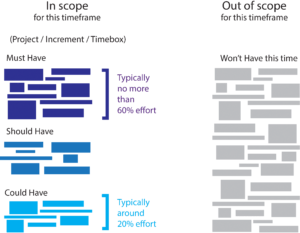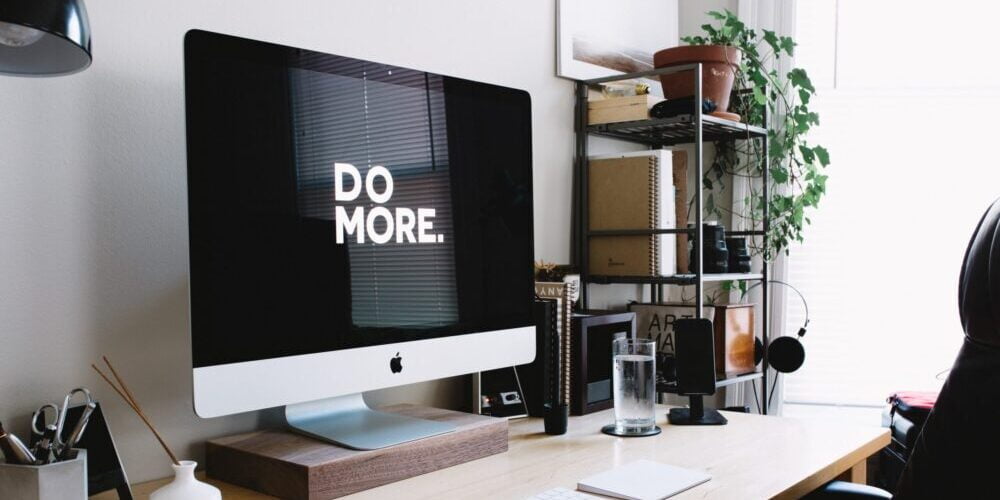Optimising your productivity is an ongoing process that you can achieve with the help of a few good habits. Below is a list of our 8 tried-and-tested tips for boosting productivity and saving the most precious resource of all: Time.
1. Don’t avoid the Ugly!
Most of us have that one task that is high priority that we know will be impactful, but for whatever reason it feels over-whelming, or we have resistance to starting it. This big task can become a serious energy drain and lead to procrastination.
Try to collaborate with teammates where you can and at least get a first proposal out to solidify a plan of attack before beginning. If done in an appropriate time frame, it can maintain organisational momentum and protect your personal energy. Further, deal with any tasks that fall into this category during working hours during which you find you have more focus and energy. For many this is the morning, the first thing you tackle, before the distractions of the day take over. This will help you feel better and more productive, setting the tone and pace of the day!
Another tip to prevent procrastination is setting low targets of work. For example, instead of putting a task off, aim to work on it for ONLY 5 minutes. You’ll find you’ll end up working for much longer as often the issue is just getting started on something.
2. Prioritise
This is a must. Develop a personalised system for prioritisation that aligns with your overall goals and strategy. The AMO team personally uses the MoSCoW tool whereby the acronym stands for “must have,” “should have,” “could have,” and “won’t have.” Basically,
- “must have” tasks are non-negotiable items that are vital for the team,
- “should have” tasks are important initiatives that are not imperative but add significant value,
- “could have” tasks are nice to have that will have a small impact if excluded,
- and “won’t have” tasks are not a priority for this time frame.

Source: https://www.agilebusiness.org/page/ProjectFramework_10_MoSCoWPrioritisation
Further, it’s important to re-prioritise as you get new tasks and are required to respond to external factors that may be out of your control. This ensures that you’re constantly doing the right things first.
3. Reality-Check your Priorities
The MoSCow Tool above should incorporate due dates, risk, duration and effort of work the task requires, and dependencies as just some considerations. Collaborate with colleagues to reality check, if this is an option available to you. Our minds tend to prioritise everything. So, think about the time you have available, the expectations on you from all aspects of your life, and how your priorities contribute to the broader goals and objectives you hope to contribute to. Execute a prioritisation approach that honours your priorities in a realistic way. This ensures that you direct energy in an achievable and sustainable way.
4. Organise Your Work Area
Pay attention to your workplace set-up; this is particularly important when working from home. Is your work environment appealing to you? Does it promote a sense of calm and clarity? Are you able to move freely from one task to another with sufficient mental and physical space? Or are you left exhausted after a long day of staring a screen with little light and fresh air? Overall, do your best to avoid clutter. Consider some decent noise cancelling wireless headphones and an ergonomic chair if possible. This article provides more tips to optimise your environment to help you work more productively: Space changes to increase your productivity.
5. Build in distraction-less work time
Emails and other notifications, whether work-related or not, can sap your ability to turn away from them and work on something else. It becomes so tempting, as email after email after email enters your inbox, to answer that email after email after email. And, with innovations such as smart watches, these alerts now pop up on our very wrists! This has recently been further amplified with increased remote working, as the lines between work-life balance blur and we find ourselves working longer hours at home.
In order to prevent this treadmill of endless notifications, separate some time to look at these on a schedule. A predictable and reliable response to calls, texts, emails, etc. is fine in most situations. Immediate response type requests also should not be a regular expectation.
6. Delegate
Lean into delegation. Even though this can be considered as more of a management tip, it can help you figure out which tasks to include on your to-do list. Whilst there can be a mental loss of control barrier, generally delegation is an opportunity to share the load and develop those around you. The more of this you can do, the more time you free for priority driven activity. One framework to identify which tasks to give to whom can be seen in the image below. Who has the capacity to complete certain tasks, and how important is it that you oversee them?

Source: https://medium.com/@ameet/when-to-delegate-57848379a9bf
7. Manage Expectations
Setting expectations with your boss can be daunting, but it can help you manage what your workload looks like and as a result lower your stress levels. If you find yourself in a situation where a consistent level is becoming the norm, it’s time to think about how you can manage this down. Burn out does not support optimal productivity in individuals. For any of us not addressing unrealistic expectations, productivity in the long run will be negatively impacted. Whilst these conversations can be daunting, there are so many resources available to support an approach, that ultimately should broker benefit for all.
8. Slow to Flow
To be truly productive, it’s really important to recognise the need for and leave space for curiosity, research, and creative thought. As you work through the tips and tricks above, you will start to recognise where you are perhaps over scheduled, not working on priority activity or maybe are dealing with unrealistic expectations. We encourage you to play with consciously slowing down and giving opportunity to yourself to get into flow with your work. This state generally delivers the most highly productive outcomes.
Overall, we hope these tips resonate with you. Small consistent improvements can produce big impacts. Please do not hesitate to reach out should you wish to discuss how we can help you achieve optimal productivity, personally and within your teams.
